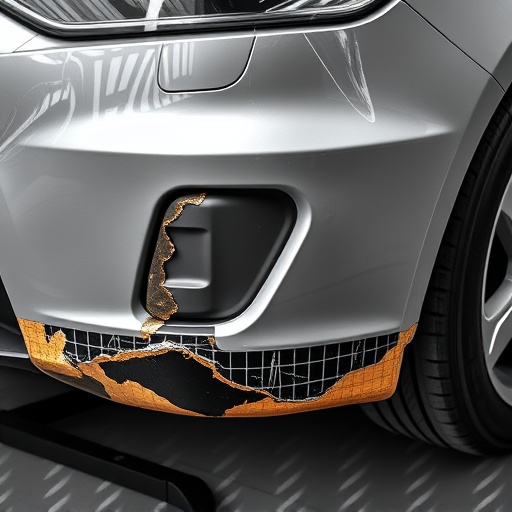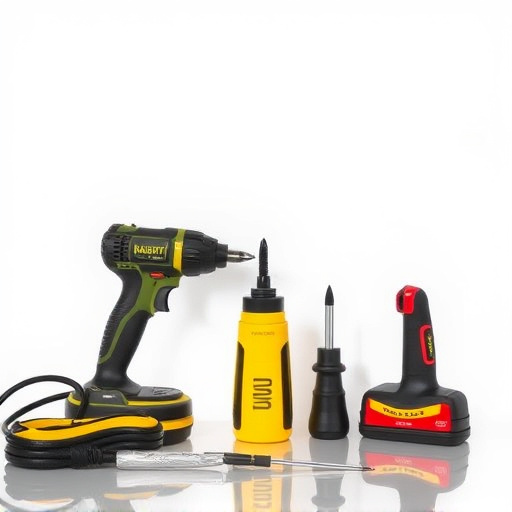Before replacing weather stripping, inspect for wear and remove old strips gently. Measure and cut new stripping precisely to fit, avoiding gaps or overlaps. Insert new strips into grooves and apply sealant for a waterproof barrier. This meticulous process enhances protection against wind, rain, and snow, maintaining vehicle integrity.
Looking to refresh your home’s exterior and enhance energy efficiency? This step-by-step guide on weather stripping replacement is your go-to resource. First, assess existing damage and remove old strips carefully. Then, measure and cut new weather stripping precisely to fit. Finally, install the new strips and seal for optimal protection against elements, saving you money and ensuring a more comfortable home environment. Discover how this simple yet effective process can make all the difference.
- Assess Weather Stripping Damage and Remove Old Strips
- Measure and Cut New Weather Stripping to Size
- Install New Strips and Seal for Effective Protection
Assess Weather Stripping Damage and Remove Old Strips

Before replacing weather stripping, it’s crucial to assess the extent of the damage. Start by inspecting your vehicle’s doors, windows, and trunk lid for any signs of wear and tear, such as torn or curled edges, broken clips, or loose strips. This is a critical step in ensuring an effective weather stripping replacement. If there are significant damages, like deep car scratches or collision damage, consider consulting a professional at a trusted vehicle body shop to assess and address these issues before proceeding.
Once you’ve identified the damaged areas, carefully remove the old weather stripping. Use a flathead screwdriver or a specialized tool to gently pry out the existing strips from their channels. Take your time to avoid damaging the surrounding surfaces. This process will create space for new weather stripping and ensure proper installation during the replacement.
Measure and Cut New Weather Stripping to Size

To ensure a successful weather stripping replacement, accurately measuring and cutting new strips to size is crucial. Begin by removing the existing weather stripping from your vehicle’s doors or other affected areas. Next, take precise measurements along the door frame or body panel, accounting for any curves or contours. Mark these measurements clearly on the new weather stripping material. Use a sharp pair of scissors or a utility knife to cut the strip to the exact length and shape required, fitting seamlessly into your vehicle’s frame straightening process.
Remember that this step is vital in achieving a secure seal that protects against elements like rain and snow, similar to how meticulous vehicle paint repair ensures a smooth, durable finish. Ensure the new stripping is cut with precision to avoid any gaps or overlaps, which could compromise its effectiveness during installation.
Install New Strips and Seal for Effective Protection

After removing the old weather stripping, it’s time to install new strips and sealant for effective protection against the elements. Start by measuring the length and width of the area where the weather stripping will be applied to ensure a precise fit. Cut the new strips according to your measurements using a sharp pair of scissors or a utility knife. Once cut, insert the new strips into the grooves or channels on the door or window frame, ensuring they are securely in place.
Next, apply a bead of high-quality weather strip sealant along the edges of the strips, where they meet the frame. This will create a waterproof barrier, preventing air and moisture from seeping in. Allow the sealant to dry according to the manufacturer’s instructions for optimal adhesion. With proper installation, the new weather stripping and sealant will offer enhanced protection against wind, rain, and snow, ensuring your vehicle remains in top condition, much like how automotive repair services address dents and frame straightening issues to restore a car’s structural integrity.
Weather stripping replacement is a straightforward process that can significantly enhance your home’s energy efficiency and protect against harsh weather conditions. By assessing damage, measuring accurately, and installing new strips with proper sealing, you can ensure a secure and durable barrier for your windows and doors. This step-by-step guide empowers homeowners to take control of their indoor comfort and save on energy costs. Implement these steps for an effective weather stripping replacement that keeps the elements at bay.














